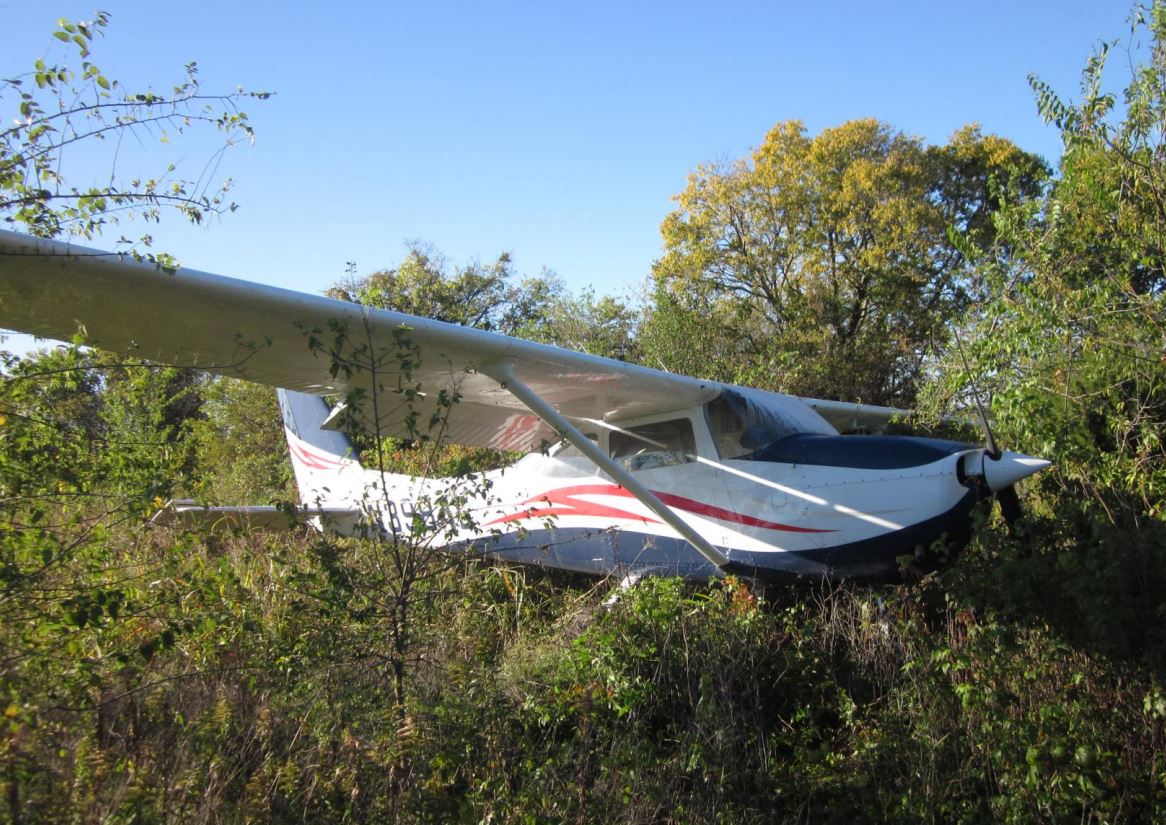
ASN Wikibase Occurrence # 226201
This information is added by users of ASN. Neither ASN nor the Flight Safety Foundation are responsible for the completeness or correctness of this information.
If you feel this information is incomplete or incorrect, you can submit corrected information.
| Date: | Thursday 1 November 2018 |
| Time: | 14:00 |
| Type: |  Cessna 172G |
| Owner/operator: | Private |
| Registration: | N3984L |
| MSN: | 17254153 |
| Year of manufacture: | 1966 |
| Engine model: | Continental O-300-C |
| Fatalities: | Fatalities: 0 / Occupants: 1 |
| Aircraft damage: | Substantial |
| Category: | Accident |
| Location: | Cleburne, TX -
 United States of America United States of America
|
| Phase: | Approach |
| Nature: | Private |
| Departure airport: | Mineral Wells Airport, TX (MWL/KMWL) |
| Cleburne Regional Airport, TX (KCPT) | |
| Investigating agency: | NTSB |
| Confidence Rating: |
The pilot reported that, during the final approach to the destination airport, the engine lost power. Due to homes that were in line with the approach end of the runway, he decided to perform an emergency landing in a field, during which the airplane slid and then came to rest in trees.
The airplane sustained substantial damage to the left wing.
The pilot reported that he had not considered the engine's fuel burn for touch-and-go landings or headwinds during his preflight planning. During postaccident examination, a Federal Aviation Administration inspector reported that the fuel gauges read zero and that no fuel was found in the right fuel tank and only 10 ounces of fuel were found in the left fuel tank. Fuel was added to the airplane, and the engine started and operated normally. He added that he talked to the pilot, and he stated that he had flown 3.6 hours and performed at least six touch-and-go landings. The pilot also stated that the airplane usually has a 3.5-hour maximum range at 1,000 ft above ground level at 8 to 9 gallons per hour and that he likely did not properly monitor the engine's fuel consumption, which led to fuel exhaustion. Given the evidence, it is likely the pilot did not ensure that there was sufficient fuel onboard the airplane for the flight and that he did not monitor it properly during the flight, which resulted in fuel exhaustion and the subsequent total loss of engine power.
Probable Cause: The pilot's improper preflight fuel planning and in-flight fuel management, which resulted in fuel exhaustion and the subsequent total loss of engine power.
Accident investigation:
 |
|
Sources:
NTSB
Location
Images:

Photo: FAA
Revision history:
| Date/time | Contributor | Updates |
|---|---|---|
| 15-Jun-2019 16:19 | ASN Update Bot | Added |
| 15-Jun-2019 16:57 | harro | Updated [Phase, Departure airport, Destination airport, Narrative, Photo] |
Corrections or additions? ... Edit this accident description
The Aviation Safety Network is an exclusive service provided by:


 ©2024 Flight Safety Foundation
©2024 Flight Safety Foundation